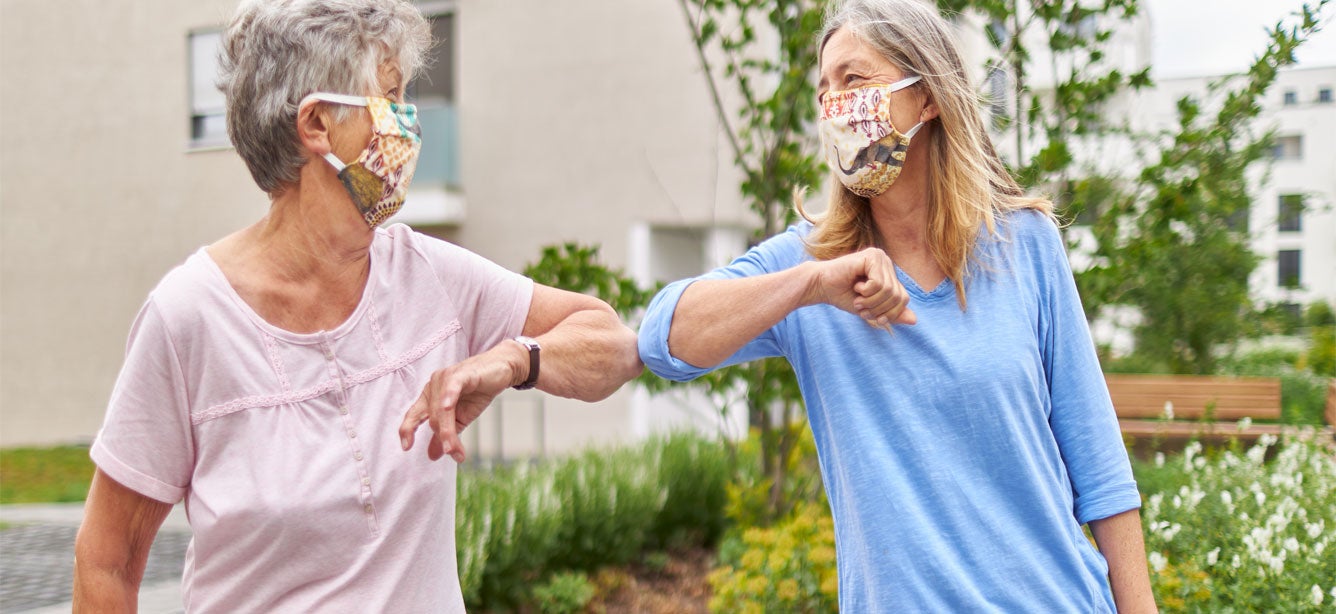Key Takeaways
Strong social connections are central to our physical and mental well-being. But when vulnerable older adults experience setbacks or life transitions, they may become disconnected and isolated.
Through research, we know that the negative health consequences of social isolation include impaired mental performance, a compromised immune system, and a heightened risk of chronic disease, as well as depression.
The health risks of prolonged isolation are equivalent to smoking 15 cigarettes a day.
This webinar presentation and discussion is designed to help aging services practitioners across sectors – as well as individuals and caregivers – better understand the similarities and important differences between loneliness and social isolation, and its impact on the health and well-being of older adults.
Learning Objectives:
- Understand loneliness and social isolation risk factors at both the community and individual level
- Better understand the costs of social isolation and recommendations from the consensus study by the National Academies of Sciences, Engineering and Medicine
- Learn practical tips on what you can do to help yourself, your loved ones, or other older adults in your community
- Learn about AARP Foundation’s Connect2Affect platform and resources
- Better understand new innovations and solutions that are having measurable impact on increasing social connections – particularly among low income older adults
- Learn about the Commit to Connect initiative and how to become involved in the nationwide network of champions addressing social isolation
Presenter:
- Emily Allen, Senior Vice President, Programs, AARP Foundation










